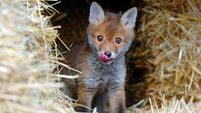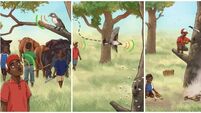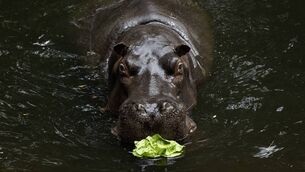Peak sneezin’ season — are more of us than ever affected by hay fever?
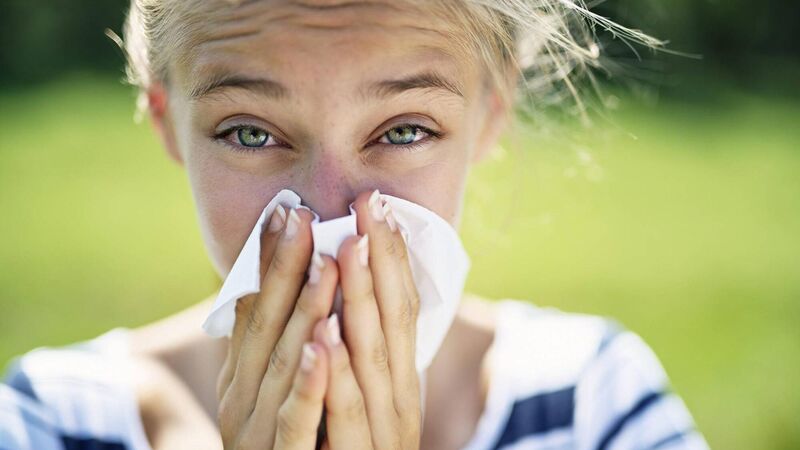
Hay fever is an allergic inflammatory response to airborne pollen from trees, grasses, and weeds. Despite its name, it involves neither hay nor fever. Inhaled pollen triggers an immunoglobulin-mediated hypersensitivity reaction in sensitised individuals, releasing histamines and inflammatory mediators.
It’s a sunny spring morning. The sky is clear, the birds are chirping... and you’re a congested, red-eyed wreck, wondering why your body treats blossom season like a biohazard. Welcome to hay fever, also known (less poetically) as seasonal allergic rhinitis.
If it feels worse each year, you’re not alone. But is this perception, or is there evidence of rising prevalence and severity?
Hay fever is an allergic inflammatory response to airborne pollen from trees, grasses, and weeds. Despite its name, it involves neither hay nor fever. Inhaled pollen triggers an immunoglobulin-mediated hypersensitivity reaction in sensitised individuals, releasing histamines and inflammatory mediators.
The result? Runny nose, congestion, sneezing, and itchy eyes.
Globally, it’s estimated to affect up to 30% of people, varying by region and environment. But it’s difficult to get an exact number. Research has shown that the heritability — the degree to which differences in people’s genes account for variations in their traits — is estimated to range from 33% to 91% for hay fever. So, if people in your family have hay fever, you’re more likely to have it too. In fact, having other allergies, asthma, allergic dermatitis or eczema can increase your risk of developing hay fever.
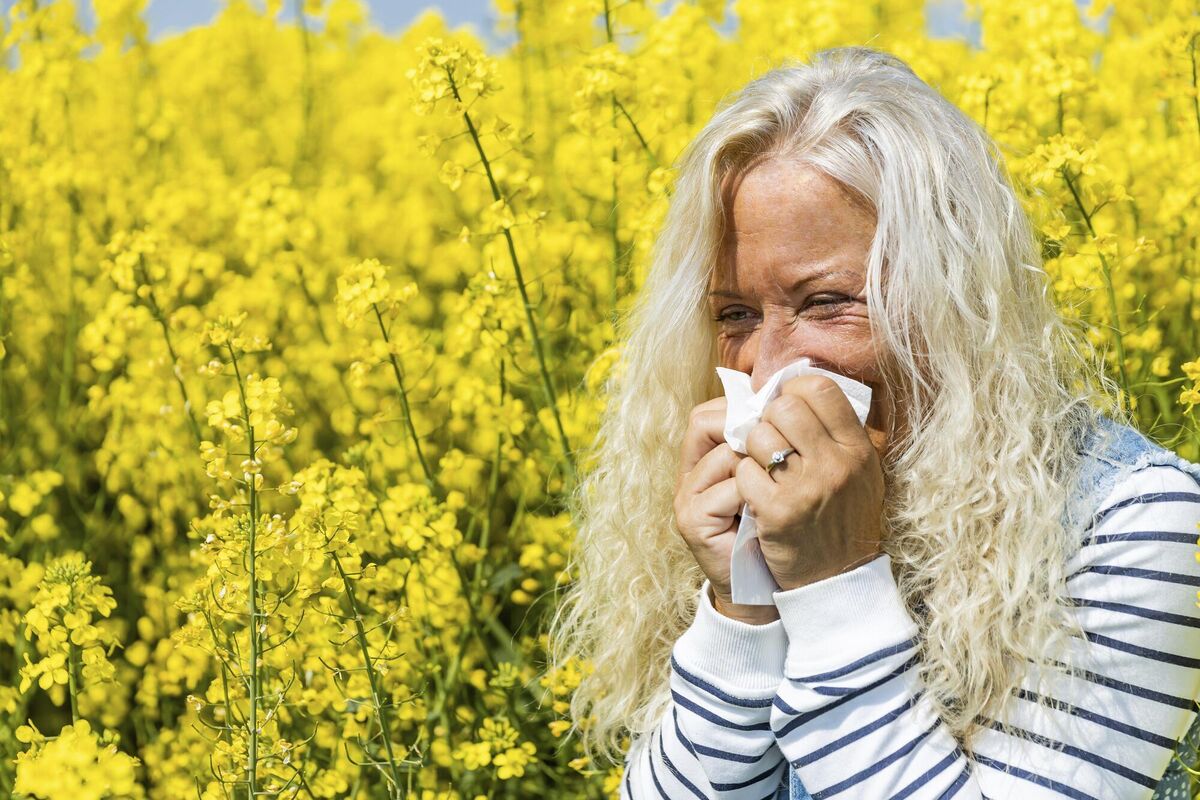
Research points to longer pollen seasons and higher pollen loads. A 2021 study (published in ) found that North American pollen seasons stretched by 20 days (1990–2018), with concentrations up 21%.
While Ireland has one of the lowest levels of woodland cover in Europe, birch pollen has climbed over 40 years, driven by more trees and UK pollen drift, especially in the east. In Ireland, where grass is widespread, grass pollen reigns and affects around 90% of Irish hay fever sufferers. Grass pollen peaks June-July, and warmer weather may amplify it. While symptom severity is subjective, climate-driven allergenicity is robust.
- Rising temperatures and CO₂ levels boost pollen output. Elevated CO₂ enhances photosynthesis, pushing plants to produce more pollen, while warmer climates spur earlier flowering and longer growing seasons. In Ireland, early trees such as hazel and alder release pollen from January; however, grass dominates summer.
- Land use changes and longer frost-free periods also let non-native species thrive, broadening the pollen threat.
- Ornamental plants like Japanese cedar and olive trees are spreading to new regions, surprising immune systems that never got the memo.
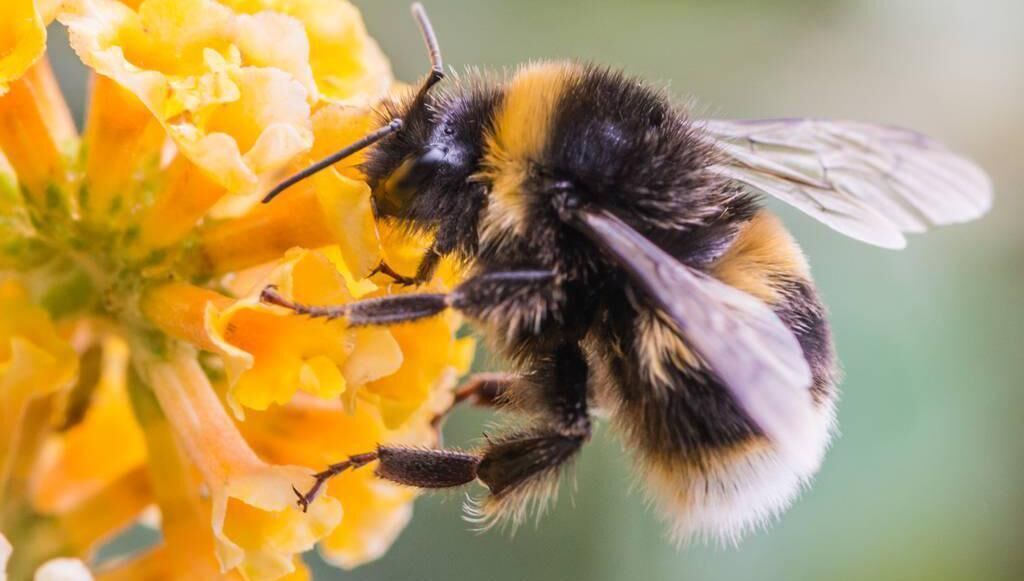
Urban environments act as allergy amplifiers due to the synergistic effects of pollen and air pollution. Fine particulate matter, particularly from diesel exhaust, can bind to pollen grains or fragment them into smaller, more respirable particles. This increases their ability to penetrate deep into the respiratory tract, exacerbating symptoms.
Urban heat islands also contribute to earlier and more intense flowering periods, particularly for grasses and trees planted in streetscapes or parks. As cities become denser and greener, the allergenic potential of urban environments continues to evolve.
It's tricky to separate a real rise in cases from better awareness, diagnosis, and people simply being fed up enough to see a doctor. Ireland’s high overlap between asthma and hay fever hints at a sizeable population affected, even if precise numbers are elusive.
The hygiene hypothesis is often dusted off here, suggesting our overly clean, germ-free childhoods have left immune systems more susceptible to allergens. This idea has grown into the 'old friends hypothesis', linking rising allergies to biodiversity loss and dwindling contact with the natural world’s helpful microbes.
Additionally, lifestyle factors (such as increased time spent indoors, diet, and reduced contact with natural environments) may play a role in rising susceptibility.
While pollen monitoring networks exist in many countries (like Met Éireann), long-term systematic data on pollen trends and their clinical impacts remain limited. We lack large-scale epidemiological studies linking pollen metrics with symptom severity, hospital admissions, or quality of life.
Furthermore, few studies address regional variability in the combined effects of air pollution and pollen exposure. The spread of invasive allergenic species is also poorly monitored, particularly outside well-funded botanical or public health surveillance schemes.
Hay fever isn’t just in your head and it’s likely getting worse. Driven by a warming planet, plants high on CO2, and cityscapes that double as allergen factories. More people may be sniffling, though the exact numbers aren’t fully known.
We can likely expect longer, tougher allergy seasons, pressing health systems to adapt.
Better pollen forecasts, allergen-aware urban design, and climate action could help. In the meantime, arm yourself with antihistamines, saline sprays, and possibly a flamethrower for that smug-looking cherry blossom. Because when your nose is running faster than your 5K time and even daisies feel hostile, you know it’s peak sneezin’ season. And yes, nature has still got plenty of pollen up her sleeve.
- Dr Michelle McKeown is an environmental geographer and lecturer at University College Cork. Her research spans climate change impacts, carbon cycling, and ecosystem integrity, with a strong focus on both modern and palaeo-environmental systems in mid-latitude and tropical regions. She works on interdisciplinary projects to understand long-term climate dynamics and freshwater ecosystem responses across time.
CLIMATE & SUSTAINABILITY HUB





